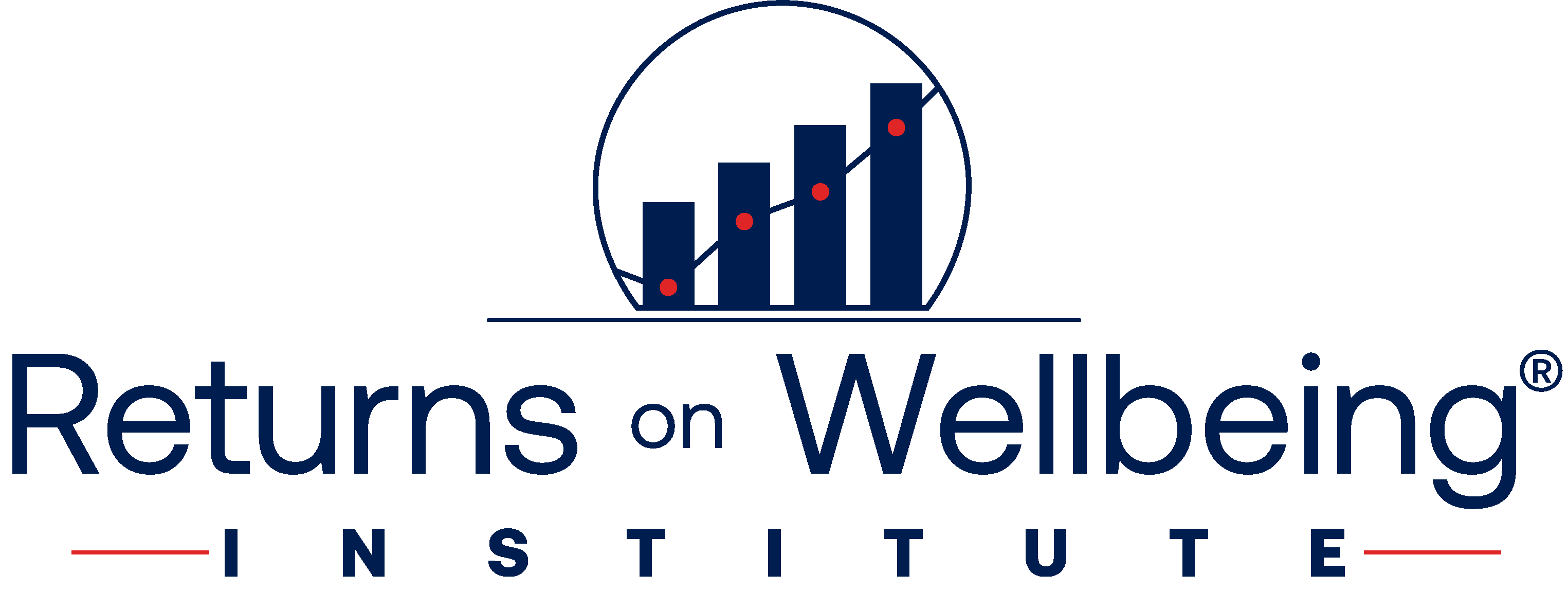 Two of three Americans have made New Year’s Resolutions. Topping their lists will be “eating healthier” and “getting more exercise” (YouGov Poll). Within a month, four in five will have abandoned their pledge.
Two of three Americans have made New Year’s Resolutions. Topping their lists will be “eating healthier” and “getting more exercise” (YouGov Poll). Within a month, four in five will have abandoned their pledge.
The reality is this: most Americans know eating healthier food and getting more exercise are important to their health. Last year, they spent $70 billion for diet programs and foods and $37 billion to use one of the 38,000 fitness facilities ranging from boutiques to large gyms.
Adding what consumers spend for alternative care (i.e. yoga, mindfulness, et al), wearables, vitamins and supplements, streaming services like Peloton and home fitness equipment, it’s a $200 billion market growing at 7% annually in the U.S. and faster in certain global markets.
And this doesn’t include emerging markets like genetic testing (i.e. 23&Me), medical cannabis and a plethora of self-care apps available to smart-phone users. Healthy living is a big business!
Consumers recognize the importance of physical health but think healthiness is much more. They believe the current health system is geared to fixing medical problems for patients shortchanging preventive health and discounting the ability or inclination of consumers to control their own health.
They are using their time and money in pursuit of wellness and the market is taking notice. It’s a major trend with monumental implications for the future of U.S. healthcare.
Wellness and Healthy Living: The Current State
There is no shortage of data about the wellness of the U.S. population: the government’s Healthy People 1990, 2000, 2010 and 2020 Reports, the National Center for Health Statistics’ National Health Interview Survey (www.cdc.gov), the U.S. Census Bureau (www.census.gov), the Henry Kaiser Family Foundation’s Health Status Reports (www.kff.org), Gallup-ShareCare Wellbeing Index (www.wellbeingindex-sharecare.com) and the United Health Foundation’s Annual America’s Health Rankings Report (www.americashealthratings.org) are among the most widely cited. All point to the same conclusions:
Wellness involves physical, emotional and social determinants of health. Understanding an individual’s health requires more than a physical exam or history of medication use. Healthiness involves more than food choices and treadmills. It’s attentiveness to the whole person.
The National Wellness Institute uses six domains in its framework: emotional, occupational, physical, social, intellectual, and spiritual health. “Addressing all six dimensions of wellness in our lives builds a holistic sense of wellness and fulfillment.”
And analyses of clinical outcomes—mortality and morbidity rates, adherence to therapeutic directives, admissions, and complication rates and others—show a clear correlation between attentiveness to a person’s social circumstances and emotional stability and positive outcomes.
The wellness of the U.S. population is declining. The U.S. spends $11,193 (2018) per person for its healthcare system—the most expensive in the world. Despite this, our overall state of wellness is declining.
In the past 10 years, the prevalence of adult obesity has increased 17% to 31% (National Center for Health Statistics) and our level of stress has increased 23% to 6.2 on a 1-10 scale (APA Stress in America Survey). Our smoking rate is down but death by suicide or drug overdose is up.
In Gallup-Sharecare’s most recent report, which examined health in 186 communities, the authors concluded: “Overall, 2017 was a challenging year for Americans’ well-being. The national Well-Being Index score for the U.S. in 2017 was 61.5 – a decline from 62.1 in 2016.
This overall drop was characterized by declines in 21 states, easily the largest year-over-year decline in the 10-year history of the Well-Being Index. Not a single state showed statistically significant improvement compared to the previous year, which is also unprecedented in Well-Being Index measurement.”
The U.S. system excels in taking care of our sick and injured; we offer the world’s most modern facilities, specialized programs, and novel therapies, but we fall short in effectively managing the wellness of our population.
Bio:
Paul H. Keckley is Managing Editor of The Keckley Report, a healthcare policy analyst and widely known industry expert. He is a frequent speaker and advisor to healthcare organizations focused on long-term growth, sustainability, and advocacy strategies.
In addition to weekly Keckley Report, he has published three books and 250 articles. During the period preceding the passage of the Affordable Care Act, he facilitated sessions between the White House Office of Health Reform and major health industry trade groups as private sector input was sought in the legislation.
This article appeared on The Keckley Report, December 31, 2018.

